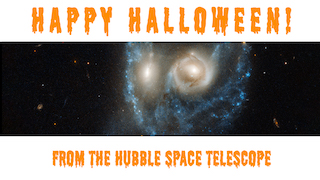Universe
ID: 11011
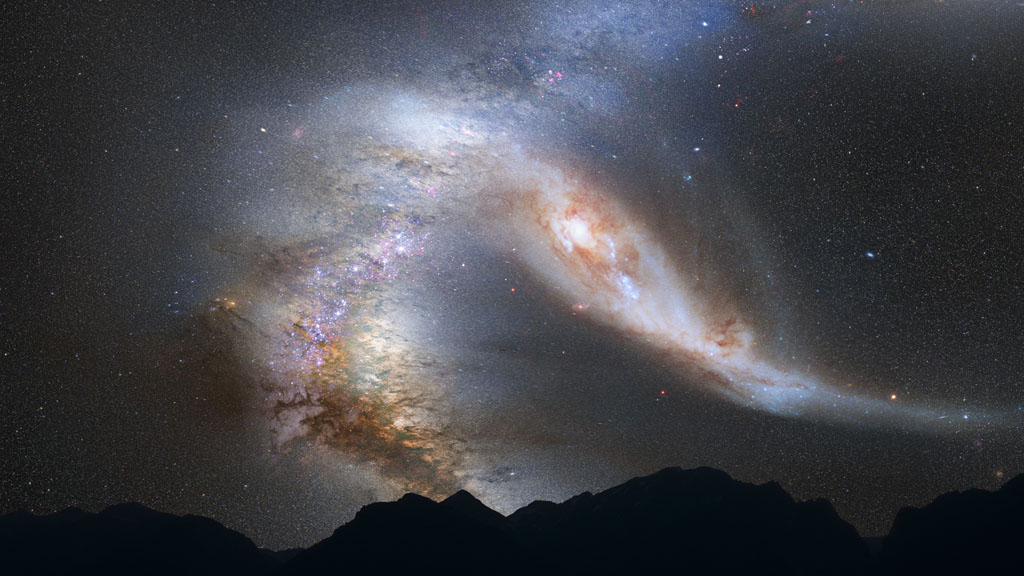
The fate of the Milky Way is certain: Six billion years from now it will merge with the Andromeda galaxy. The prediction is based on images taken by NASA's Hubble Space Telescope. By examining the position of stars in Andromeda—located 2.5 million light-years away—scientists were able to calculate its movement through space. Traveling at 250,000 mph, the neighboring giant spiral is scheduled to make a head-on encounter with our galaxy about 4 billion years from now. Subsequent clashes over 2 billion years will give rise to a combined elliptical galaxy, replete with stars scattered in new orbits. It seems Earth, the sun and planets in our solar system will survive the crash but take on new coordinates in the cosmos. The video and computer simulation detail the structural evolution of the Milky Way and Andromeda leading up to the birth of a new galaxy.
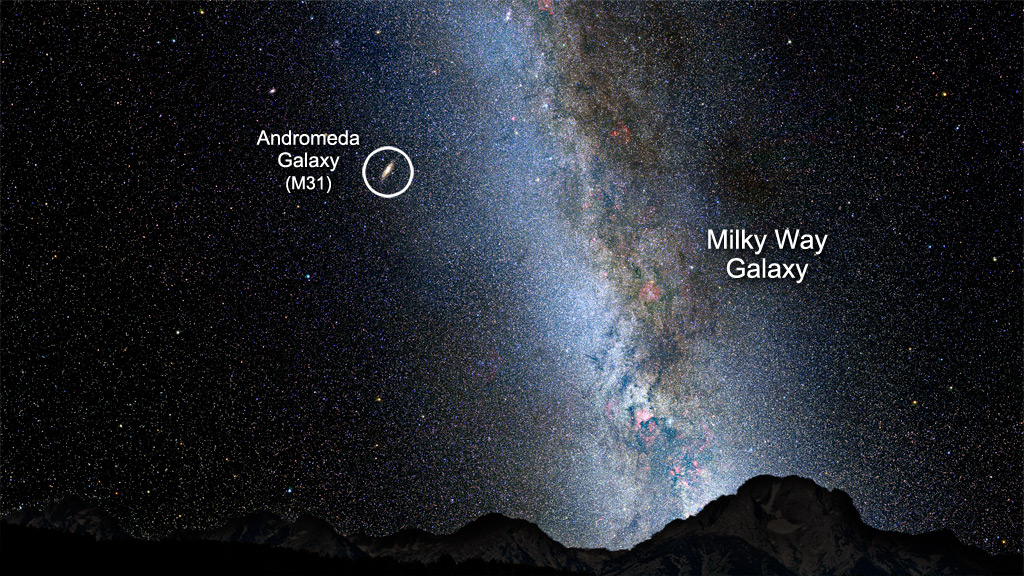
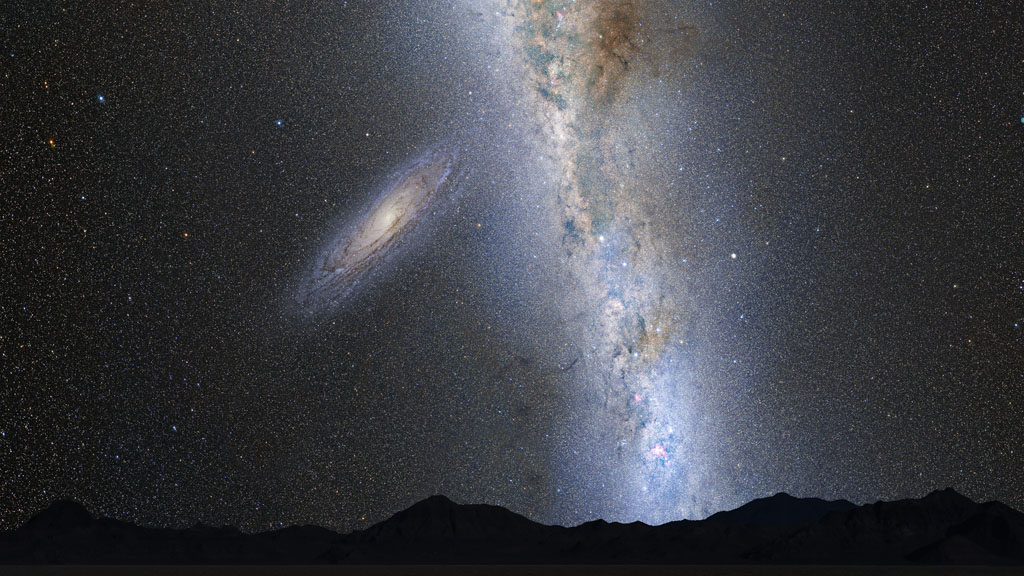
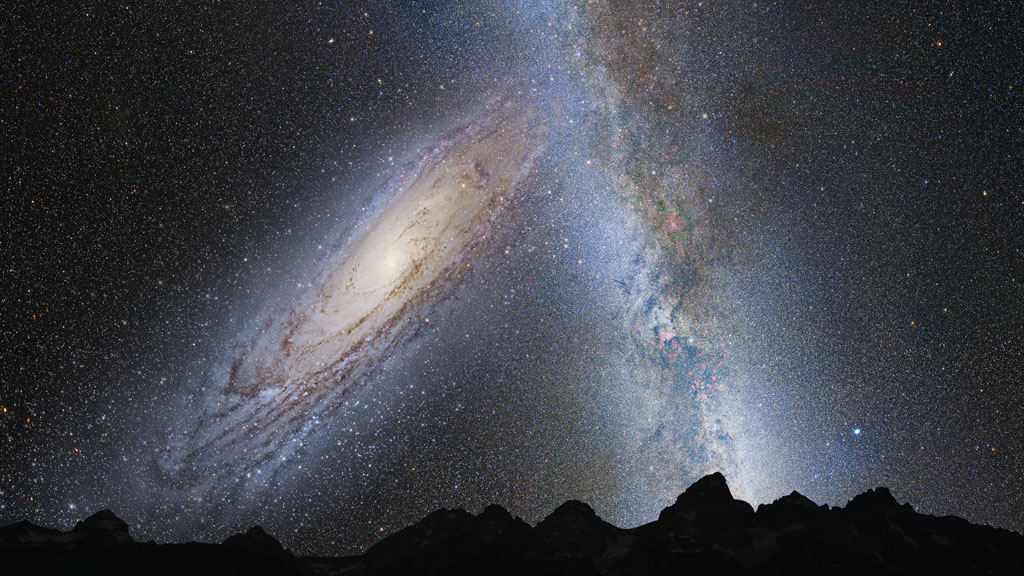
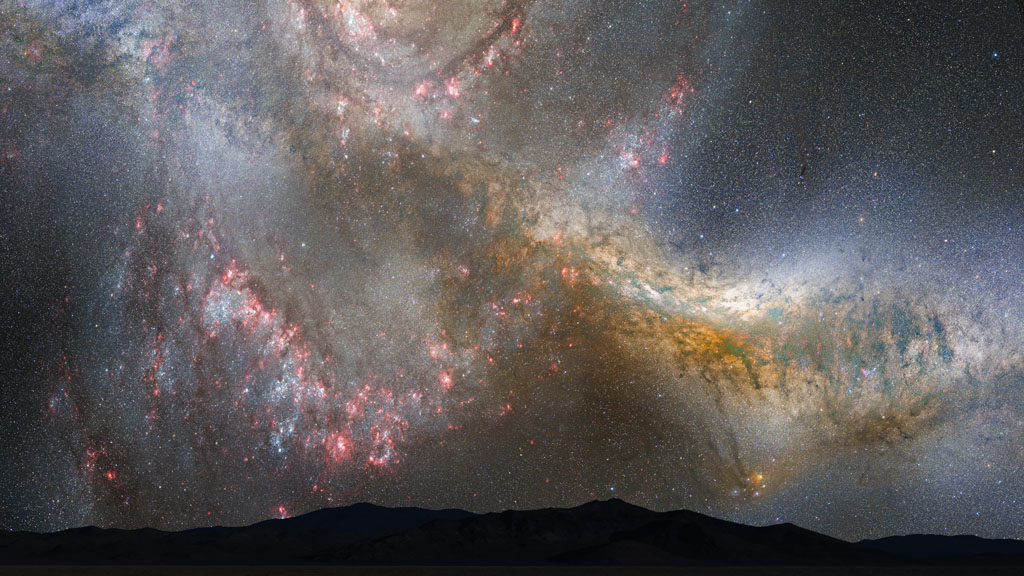
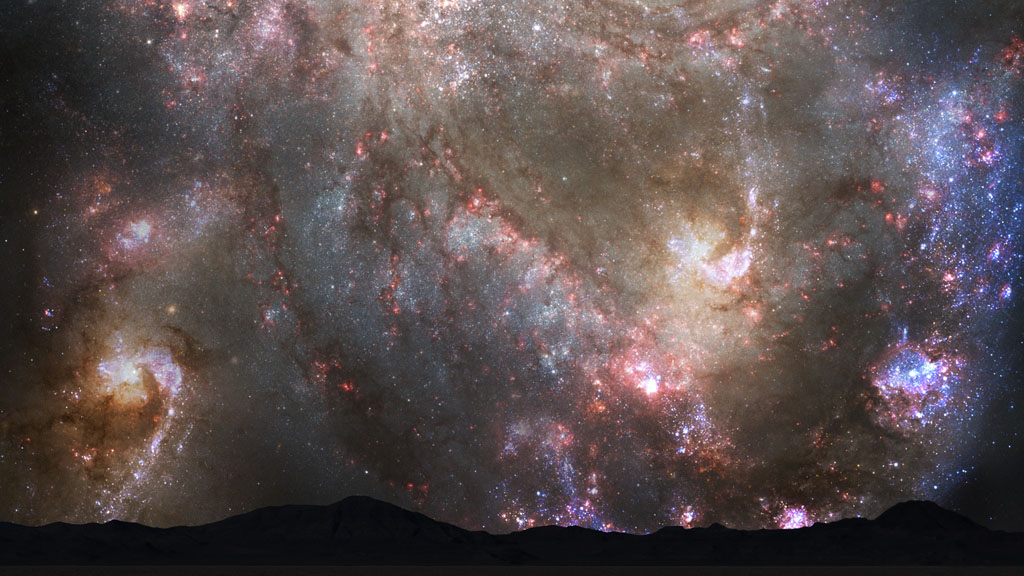
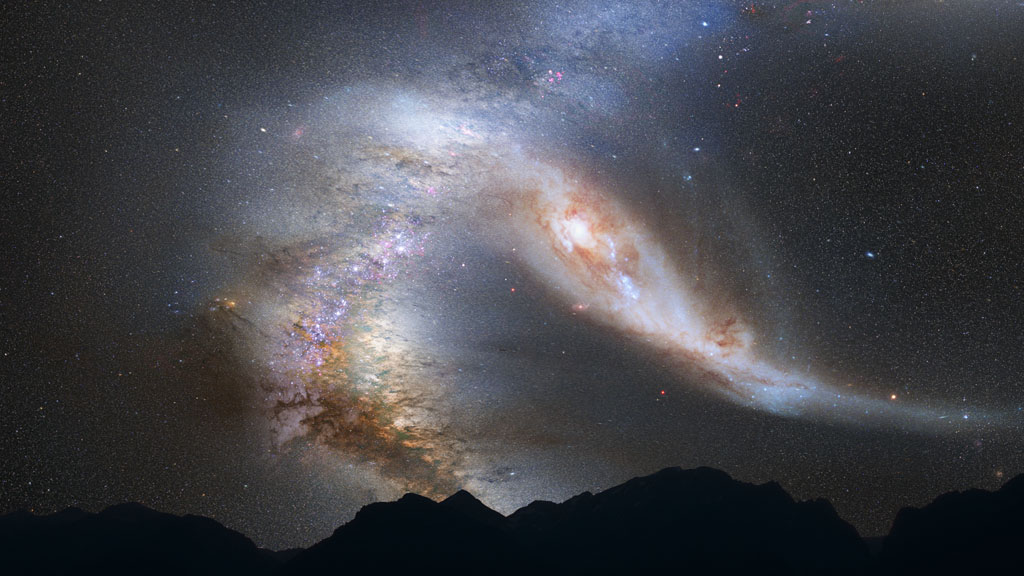
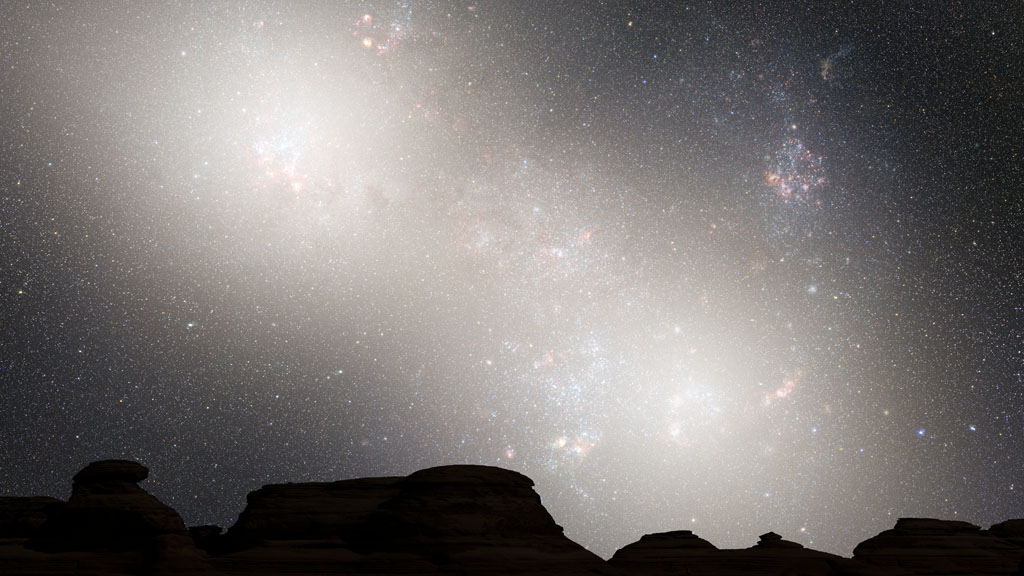
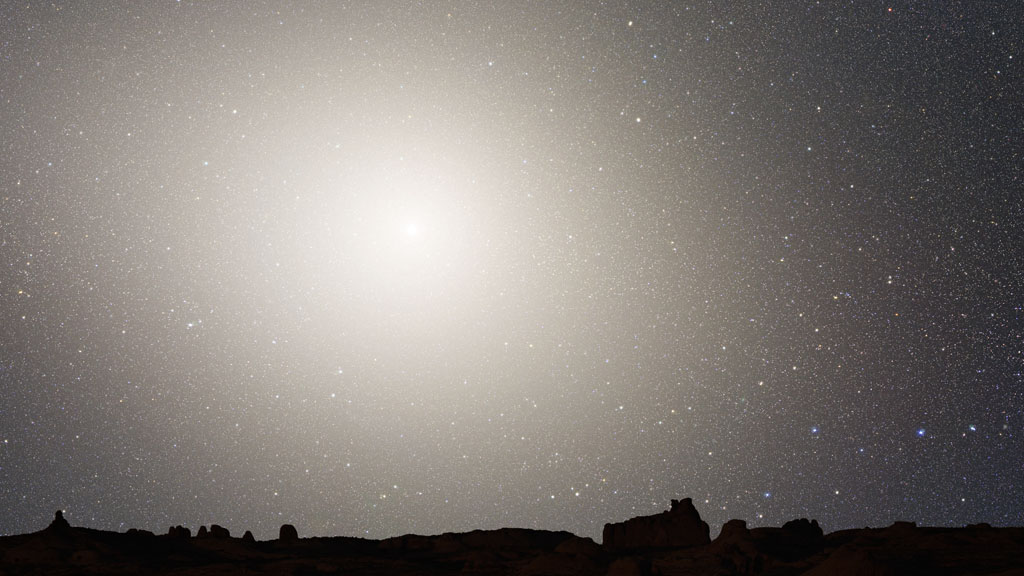
A New Dawn









Source Material
For More Information
Story Credits
Please give credit for this item to:
Science@NASA, Space Telescope Science Institute (STScI) and NASA's Goddard Space Flight Center
Galaxy illustrations courtesy of NASA, ESA, Z. Levay and R. van der Marel (STScI) T. Hallas, and A. Mellinger
Visualization courtesy of NASA, ESA, and F. Summers (STScI)
Simulation courtesy of NASA, ESA, G. Besla (Columbia University) and R. van der Marel (STScI)
Science@NASA, Space Telescope Science Institute (STScI) and NASA's Goddard Space Flight Center
Galaxy illustrations courtesy of NASA, ESA, Z. Levay and R. van der Marel (STScI) T. Hallas, and A. Mellinger
Visualization courtesy of NASA, ESA, and F. Summers (STScI)
Simulation courtesy of NASA, ESA, G. Besla (Columbia University) and R. van der Marel (STScI)
Short URL to share this page:
https://svs.gsfc.nasa.gov/11011
Keywords:
SVS >> App
NASA Science >> Universe
https://svs.gsfc.nasa.gov/11011
Keywords:
SVS >> App
NASA Science >> Universe
